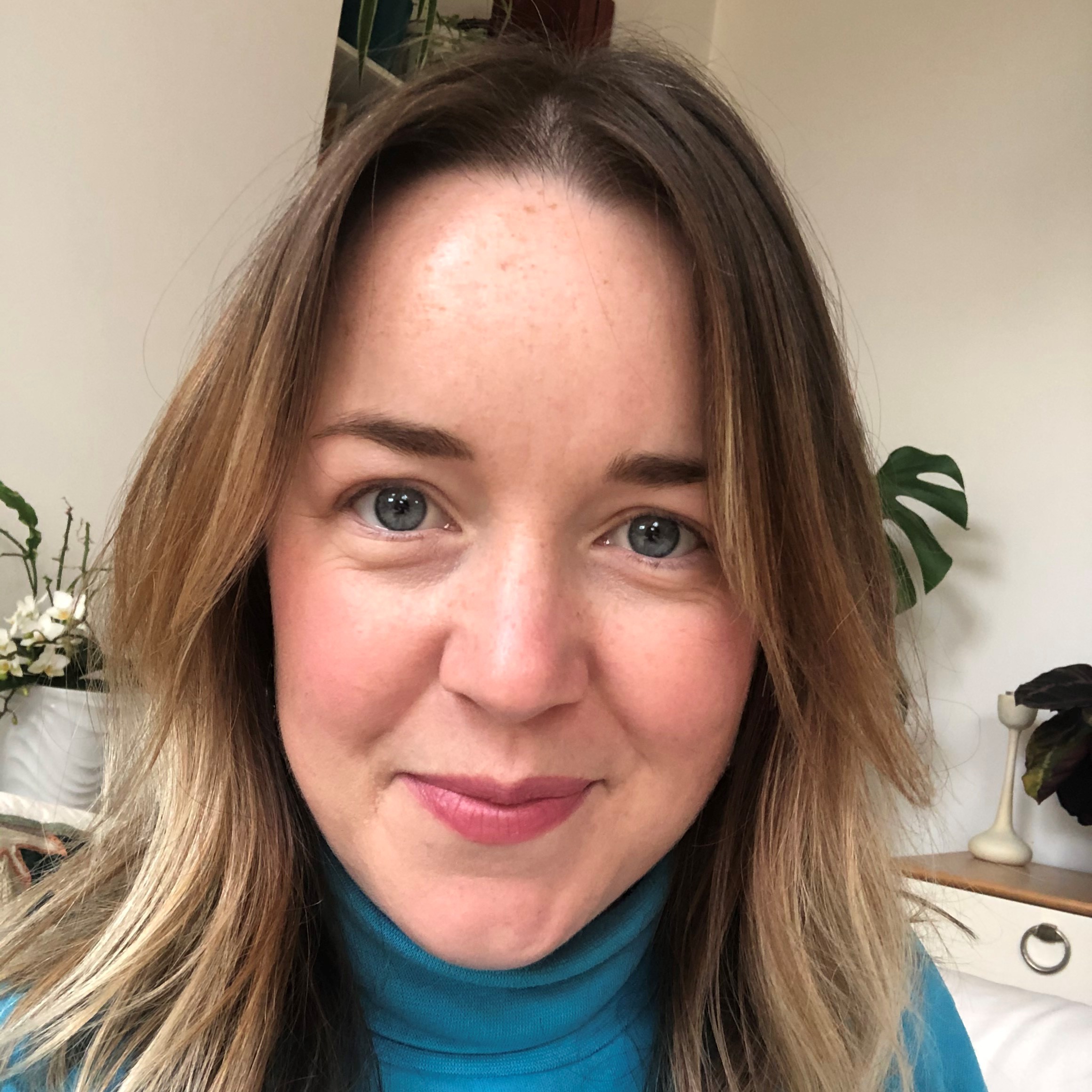
Three top tips and seven key things to know about the Tech for Good fund's new programme: Explore.
Comic Relief and the Paul Hamlyn Foundation have just launched a new strand of their Tech for Good funding programme: Explore. The programme hopes to help 40-50 organisations do two things:
- explore digital responses to persistent problems experienced by their users
- grow their capacity to take a user-led approach to digital service delivery.
This blog will give you an overview of the most notable things about the programme and some top tips on preparing your application.
Think about these things...
1. It’s early stage funding
This isn’t about helping charities build solutions. It’s about exploring your users' needs and their day-to-day challenges. The idea is that this exploration generates the learning needed to prototype a potential solution later on.
2. It’s preparing you for a journey
The funders have launched this type of small early stage programme for a reason. They expect that some of the funded charities will go on to explore solutions and develop more prototypes. The programme aims to put them in a better position to apply for further funding. This could be to the wider Tech for Good fund, which the funders plan to launch towards the end of 2020.
So think about how you use the programme to get you to the point where you are ready for bigger funding.
3. Prototyping doesn’t mean you must have developers on your team
The support programme expects to help you develop a prototype within 12 weeks. But that doesn’t necessarily mean you’ll need anyone to code anything. You can make prototypes out of paper, Google docs, and other existing tools.
4. It comes with support
You will not be alone. In fact you’ll be part of a cohort of around twenty organisations supported by CAST’s support programme every week for 12 weeks. This means you’ll learn skills and methods for researching the problem, validating your assumptions and exploring the benefits and risks of any ideas that emerge.
5. It’s only open for organisations working on particular issues
Not everyone is eligible to apply. One criteria is that applicants’ work aligns with Comic Relief’s core themes:
- Children Survive & Thrive
- Fighting for Gender Justice
- A Safe Place to Be
- Global Mental Health Matters.
But they also say “Applications addressing challenges related to disability outside of the themes specified above are welcome”.
6. Funders hope ideas emerging from the programme will include some of these...
This new programme is looking more broadly than previous Tech for Good programmes. The funders hope that some of the ideas that emerge will become projects that include:
- Innovative back-end ideas that make human-powered services better for the people an organisation supports (e.g. Alexandra Rose’s Rose Voucher project)
- Re-use of existing technology. Where used well, this can be just as effective as building something new
- Potential for joint and sector-owned digital solutions - that help others charities and their users too
7. Not every project will progress in the same way
Ideas for solutions are likely to emerge during the programme. These could point you towards a need to build something new. Or they could show you a way to re-use existing tools.
And some projects may not progress beyond their grant. That’s ok. The learning and skills development you’ll gain still matter. The funders know this.
Three tips for your Explore application
Do these things to help you get ready for your application. They will make it stronger, more informed and increase your chance of being successful.
1. Understand what 'user needs' are
‘User needs’ is a term common within digital design. It refers to evidence-based needs, discovered through user research. You can’t find out user needs by asking people what they want. But you can by researching their attitudes, beliefs, habits and behaviours.
Here’s CAST’s video on user needs. Here’s a blog about user need statements (though it calls them user stories - same thing). And here’s an example of user need statements.
2. Be confident you can still access your users, even with social distancing
The application form asks you to describe your access to your users. Face-to-face access is likely to be difficult for a while. But don’t let this put you off the question. Describe what you are managing to achieve and remember that there are ways to engage your users in research remotely. Here’s some tips on how you can still do it.
3. Understand what assumptions are
The first time I had to answer a question about assumptions I found it difficult. I was focused on the solution and couldn’t see the inevitable assumptions I was making.
It turns out that to discover our assumptions we need to reflect on what we believe to be true about a problem. Then we do the same for the people affected and our ideas for solving it. Then we write these things down and think about how to prove or disprove them.
Assumptions can be categorised in three ways:
- What we know (evidenced)
- What we think we know
- What we know we don’t know
The application form suggests learning about Knowledge Boards. Definitely a good idea. Also read this blog.
Good luck!
Remember you don’t need to have a solution at hand, just a great problem, some early ideas around user needs and to have begun reflecting on your assumptions. The rest you will do during the programme.
Read more about the programme. The application forms is here.
Good luck!
Comic Relief and the Paul Hamlyn Foundation have just launched a new strand of their Tech for Good funding programme: Explore. The programme hopes to help 40-50 organisations do two things:
- explore digital responses to persistent problems experienced by their users
- grow their capacity to take a user-led approach to digital service delivery.
This blog will give you an overview of the most notable things about the programme and some top tips on preparing your application.
Think about these things...
1. It’s early stage funding
This isn’t about helping charities build solutions. It’s about exploring your users' needs and their day-to-day challenges. The idea is that this exploration generates the learning needed to prototype a potential solution later on.
2. It’s preparing you for a journey
The funders have launched this type of small early stage programme for a reason. They expect that some of the funded charities will go on to explore solutions and develop more prototypes. The programme aims to put them in a better position to apply for further funding. This could be to the wider Tech for Good fund, which the funders plan to launch towards the end of 2020.
So think about how you use the programme to get you to the point where you are ready for bigger funding.
3. Prototyping doesn’t mean you must have developers on your team
The support programme expects to help you develop a prototype within 12 weeks. But that doesn’t necessarily mean you’ll need anyone to code anything. You can make prototypes out of paper, Google docs, and other existing tools.
4. It comes with support
You will not be alone. In fact you’ll be part of a cohort of around twenty organisations supported by CAST’s support programme every week for 12 weeks. This means you’ll learn skills and methods for researching the problem, validating your assumptions and exploring the benefits and risks of any ideas that emerge.
5. It’s only open for organisations working on particular issues
Not everyone is eligible to apply. One criteria is that applicants’ work aligns with Comic Relief’s core themes:
- Children Survive & Thrive
- Fighting for Gender Justice
- A Safe Place to Be
- Global Mental Health Matters.
But they also say “Applications addressing challenges related to disability outside of the themes specified above are welcome”.
6. Funders hope ideas emerging from the programme will include some of these...
This new programme is looking more broadly than previous Tech for Good programmes. The funders hope that some of the ideas that emerge will become projects that include:
- Innovative back-end ideas that make human-powered services better for the people an organisation supports (e.g. Alexandra Rose’s Rose Voucher project)
- Re-use of existing technology. Where used well, this can be just as effective as building something new
- Potential for joint and sector-owned digital solutions - that help others charities and their users too
7. Not every project will progress in the same way
Ideas for solutions are likely to emerge during the programme. These could point you towards a need to build something new. Or they could show you a way to re-use existing tools.
And some projects may not progress beyond their grant. That’s ok. The learning and skills development you’ll gain still matter. The funders know this.
Three tips for your Explore application
Do these things to help you get ready for your application. They will make it stronger, more informed and increase your chance of being successful.
1. Understand what 'user needs' are
‘User needs’ is a term common within digital design. It refers to evidence-based needs, discovered through user research. You can’t find out user needs by asking people what they want. But you can by researching their attitudes, beliefs, habits and behaviours.
Here’s CAST’s video on user needs. Here’s a blog about user need statements (though it calls them user stories - same thing). And here’s an example of user need statements.
2. Be confident you can still access your users, even with social distancing
The application form asks you to describe your access to your users. Face-to-face access is likely to be difficult for a while. But don’t let this put you off the question. Describe what you are managing to achieve and remember that there are ways to engage your users in research remotely. Here’s some tips on how you can still do it.
3. Understand what assumptions are
The first time I had to answer a question about assumptions I found it difficult. I was focused on the solution and couldn’t see the inevitable assumptions I was making.
It turns out that to discover our assumptions we need to reflect on what we believe to be true about a problem. Then we do the same for the people affected and our ideas for solving it. Then we write these things down and think about how to prove or disprove them.
Assumptions can be categorised in three ways:
- What we know (evidenced)
- What we think we know
- What we know we don’t know
The application form suggests learning about Knowledge Boards. Definitely a good idea. Also read this blog.
Good luck!
Remember you don’t need to have a solution at hand, just a great problem, some early ideas around user needs and to have begun reflecting on your assumptions. The rest you will do during the programme.
Read more about the programme. The application forms is here.
Good luck!

Support & services
Our free services help you make the right decisions and find the right support to make digital happen.
Learn what other non-profits are doing
39+ organisations share 50+ Guides to how they use digital tools to run their services. Visit Shared Digital Guides.

CAST and Catalyst: the journey, the transition - and beyond






